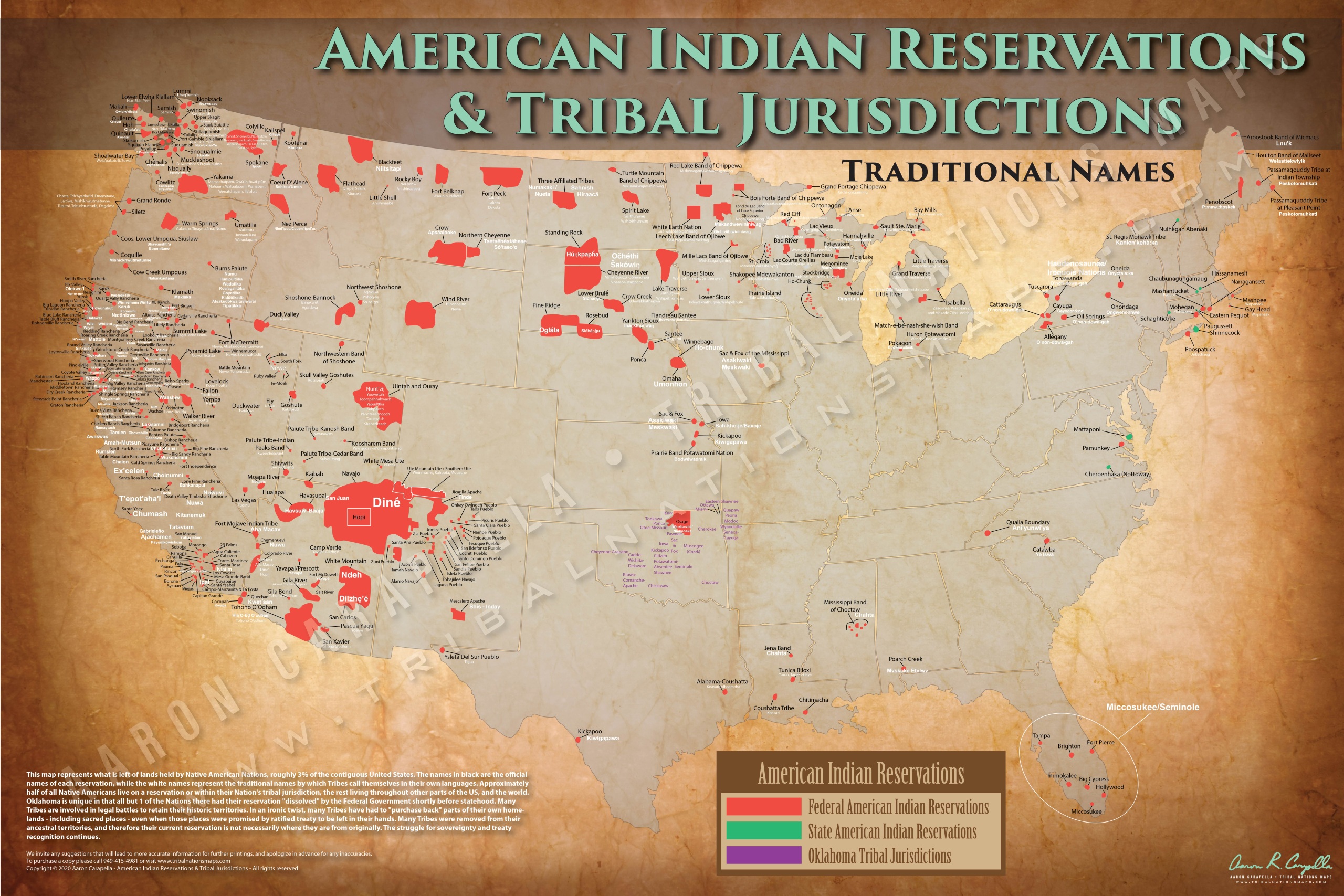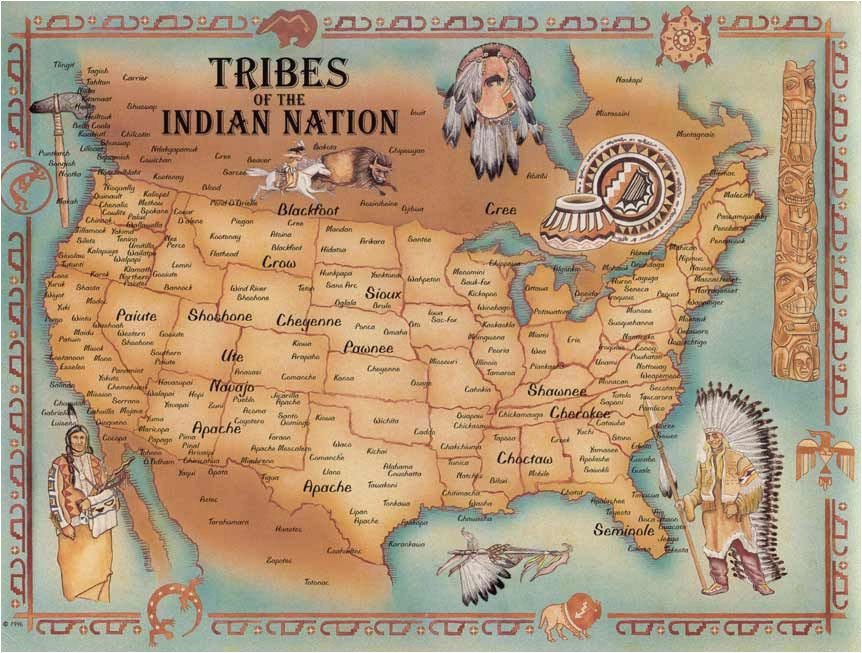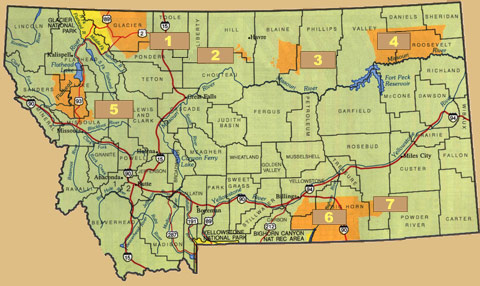Finding Your Nearest Tribe: A Guide to Indian Reservations Near You
Finding Your Nearest Tribe: A Guide to Indian Reservations Near You

You’ve probably heard of Indian reservations, but maybe you’ve never really thought about where they might be located. You might be surprised to learn that there’s a good chance one is closer than you think! Maybe you’re curious about Native American history and culture, or maybe you’re just interested in exploring new places. Whatever your reason, finding an Indian reservation near you can be an enriching and eye-opening experience.
But how do you even begin to find one? It’s not like you can just pop open Google Maps and search for "Indian Reservation." Fear not, friend, because this guide will walk you through the process, step-by-step, and leave you feeling like a pro in no time.
Related Articles: Finding Your Nearest Tribe: A Guide to Indian Reservations Near You
- Unveiling the Native Tapestry of Texas: Discover the Tribes that Shaped the Lone Star State
- Unveil the Enchanting World of Big Cypress Seminole Indian Reservation
- Unveiling the Cherokee Heritage: Discoveries from Virginia's Native Lands
- Unveiling the Potawatomi Tribe: A Journey into Rich History and Vibrant Culture
- Uncover the Enigmatic World of Indian Reservations: A Journey of Discovery
The Importance of Respect
Before we get into the nitty-gritty of finding reservations, let’s talk about something super important: respect. Indian reservations are sovereign nations with their own unique cultures, traditions, and laws. It’s crucial to approach them with humility and a genuine desire to learn. Remember, you’re a guest in their territory, and it’s essential to act accordingly.
The Tools of the Trade
So, how do you actually find an Indian reservation near you? Let’s break it down:
- The Internet is Your Friend: The internet is a goldmine of information, and it’s the easiest place to start your search. Here are a few websites that can help:
- The Bureau of Indian Affairs (BIA): The BIA is the federal agency responsible for managing and overseeing Indian reservations. Their website has a list of all federally recognized tribes and their contact information. You can find it at [BIA website URL].
- Tribal Websites: Many tribes have their own websites where you can learn about their culture, history, and even find information about visiting their reservation. A quick Google search for "[Name of tribe] website" should do the trick.
- Native American Organizations: There are a number of organizations that focus on Native American issues and resources. These organizations often have lists of tribes and their locations. Some examples include the National Congress of American Indians (NCAI) and the American Indian Movement (AIM).

- Maps and Atlases: While not as common these days, maps and atlases can be helpful for finding reservations. Look for maps that specifically label Indian reservations or Native American lands.
- Local Libraries: Your local library is a treasure trove of information, and they often have resources on local Native American history and culture. Ask a librarian for help finding books or maps that might list nearby reservations.
- Word of Mouth: Sometimes, the best way to find something is to ask around. Talk to people in your community, especially those who have lived there for a long time. They might have some inside knowledge about local tribes and reservations.

Beyond the Search: Respectful Engagement
Once you’ve found a reservation near you, it’s important to approach it with respect and sensitivity. Here are some things to keep in mind:
- Do Your Research: Before visiting a reservation, take some time to learn about the tribe’s culture, history, and customs. This will help you understand their unique perspective and avoid any unintentional disrespect.
- Contact the Tribe: Reach out to the tribal government or council before visiting. They might have specific guidelines for visitors, and they can provide you with valuable information about their community.
- Respect Tribal Laws: Remember that Indian reservations are sovereign nations with their own laws. Be sure to follow their rules and regulations, even if they differ from those in your community.
- Be Mindful of Your Language: Avoid using offensive or outdated terms when referring to Native Americans. Use respectful language and always ask for clarification if you’re unsure about something.
- Support Local Businesses: If you’re visiting a reservation, consider supporting local businesses. This can help contribute to the economic well-being of the community.
- Be a Responsible Tourist: Respect the environment and leave no trace behind. Pick up your trash and be mindful of your impact on the land.

The Rewards of Exploration
Finding an Indian reservation near you can open up a world of possibilities. You’ll have the chance to:
- Learn About Native American History and Culture: Indian reservations are living museums of Native American culture. You’ll have the opportunity to learn about their traditions, languages, art, and history.
- Experience a Unique Perspective: Visiting a reservation allows you to see the world from a different perspective. You’ll gain a deeper understanding of Native American issues and the challenges they face.
- Support Indigenous Communities: By visiting reservations and supporting local businesses, you can help contribute to the economic well-being of Native American communities.
- Connect with Nature: Many reservations are located in beautiful and unspoiled landscapes. You’ll have the chance to explore nature and connect with the land.
More Than Just a Destination
It’s important to remember that Indian reservations are more than just tourist destinations. They are home to vibrant and resilient communities with rich histories and cultures. When you visit a reservation, be respectful, be curious, and be open to learning. You’ll be rewarded with a deeper understanding of Native American life and a newfound appreciation for their unique contributions to our society.
FAQ: Finding Your Nearest Indian Reservation
Q: How can I find an Indian reservation near me without knowing the tribe’s name?
A: The BIA website has a map feature that allows you to search for reservations by location. You can also use Google Maps and search for "Indian reservations near me" or "Native American reservations near me."
Q: Can I visit any Indian reservation I want?
A: Not all reservations are open to the public. Some tribes have strict rules about visitors, and it’s important to respect their wishes. Always contact the tribe in advance to inquire about their visitation policies.
Q: What should I do if I’m unsure about something related to a tribe’s culture or customs?
A: It’s always best to err on the side of caution. If you’re unsure about something, ask! Contact the tribe directly or speak to a tribal member. They will be happy to answer your questions and provide guidance.
Q: Is it appropriate to take photos on a reservation?
A: It’s generally respectful to ask for permission before taking photos of people or sacred sites. Be mindful of your surroundings and avoid taking photos of anything that might be considered private or sensitive.
Q: What are some ways I can support Native American communities?
A: There are many ways to support Native American communities. You can donate to Native American organizations, buy products from Native American businesses, and learn about Native American issues. You can also advocate for policies that support Native American rights and sovereignty.
Q: How can I learn more about Native American history and culture?
A: There are many resources available to help you learn more about Native American history and culture. You can read books, watch documentaries, visit museums, and attend events hosted by Native American organizations. You can also connect with Native American people directly and learn from their experiences.
A Journey of Understanding
Finding an Indian reservation near you can be a rewarding experience, but it’s important to approach it with respect and sensitivity. By doing your research, contacting the tribe in advance, and following their guidelines, you can ensure a positive and enriching visit. Remember, you’re a guest in their territory, and it’s crucial to act accordingly. Let’s all work together to foster understanding and respect between Native American communities and the wider world.

Closure
Thus, we hope this article has provided valuable insights into Finding Your Nearest Tribe: A Guide to Indian Reservations Near You. We thank you for taking the time to read this article. See you in our next article!


